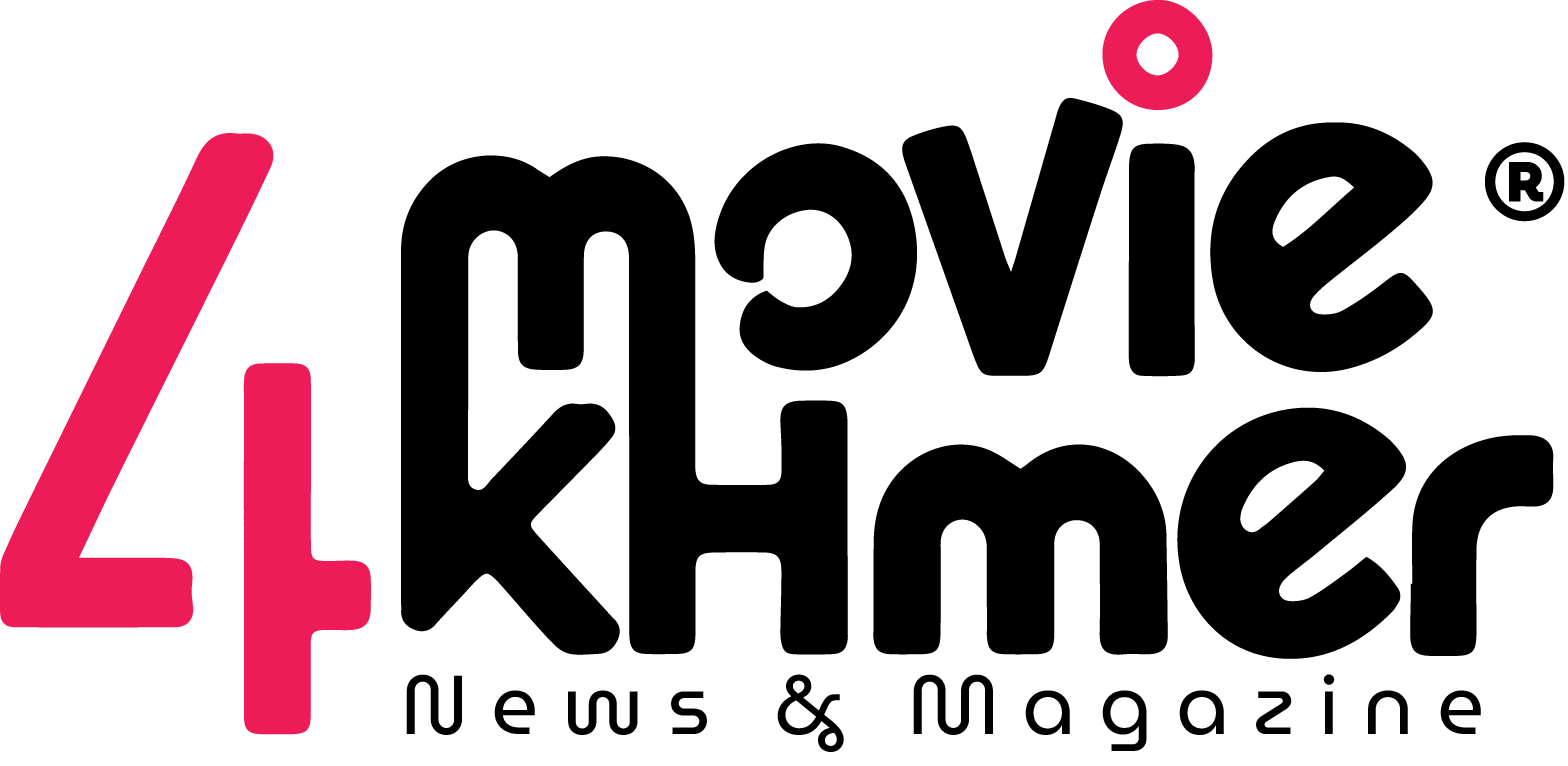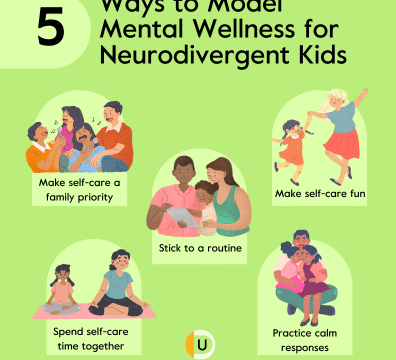Flashcards are a simple but powerful learning tool. They help improve memory, reinforce concepts, and support active recall. Whether you’re studying for exams, learning a new language, or trying to retain facts, flashcards can make the process more engaging and efficient.
1. Keep It Simple
When creating flashcards, keep the content on each card clear and concise. Use one question or concept per card. This helps focus your attention and makes it easier to recall the information later.
2. Use Both Sides Wisely
Write a question, term, or prompt on one side of the card and the answer or explanation on the other. This format encourages active recall, which strengthens memory.
3. Mix in Images or Diagrams
Visual learners benefit from adding pictures or diagrams to their cards. Even simple sketches can help make the information more memorable.
4. Review Regularly with Spaced Repetition
Review your flashcards regularly using spaced repetition. This technique spaces out your reviews over increasing intervals of time, which helps reinforce long-term memory.
5. Organize by Topic
Group your flashcards by subject or theme. This helps you stay organized and makes it easier to target specific areas when reviewing.
6. Shuffle to Challenge Yourself
Mix your cards often to avoid memorizing the order. This encourages deeper understanding and improves recall in different contexts.
7. Make Your Own Cards
Creating your own flashcards can improve learning. Writing the content yourself helps reinforce the material and ensures the cards match your learning needs.
8. Practice Consistently
Set aside time each day to go through your flashcards. Short, consistent sessions are often more effective than long, infrequent ones.
Conclusion
Flashcards are a flexible and accessible study tool that can support learners of all ages. By using them consistently and strategically, you can enhance your memory, boost understanding, and make studying more enjoyable.






